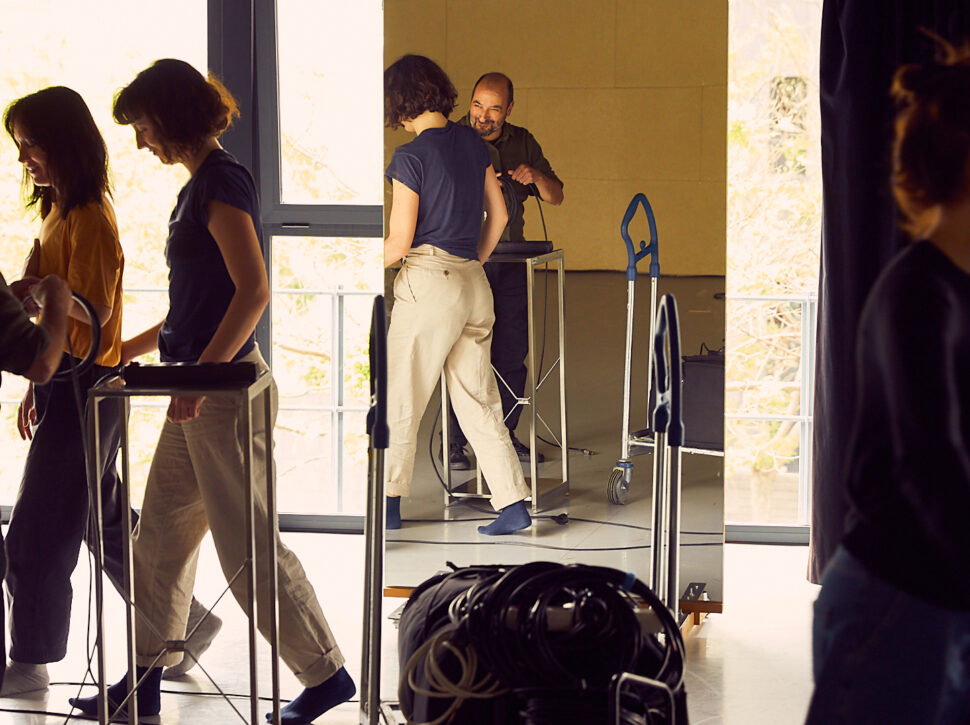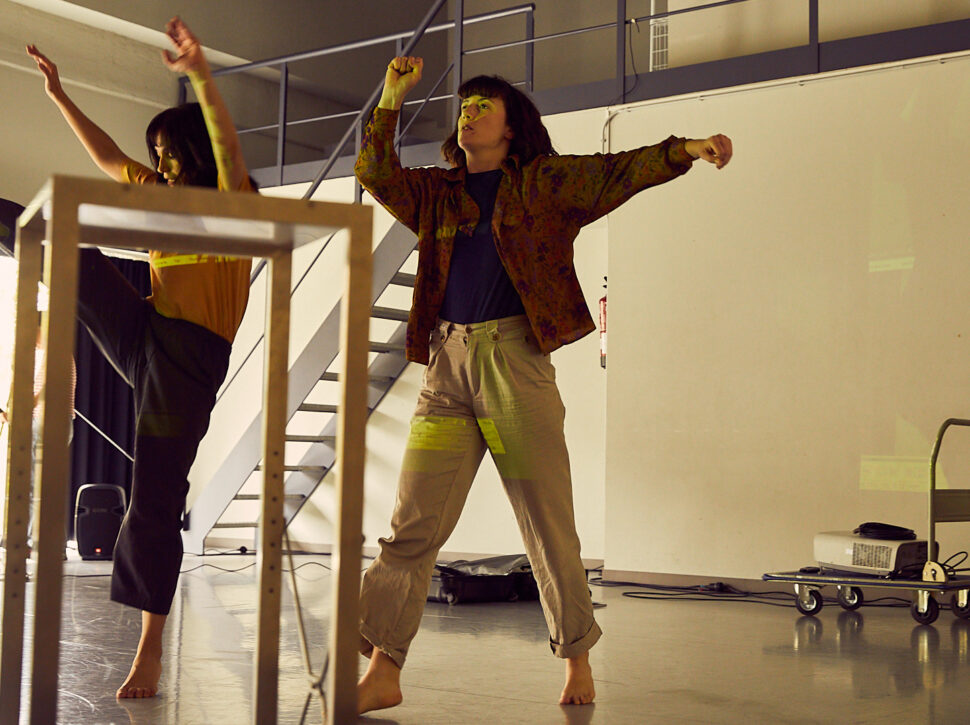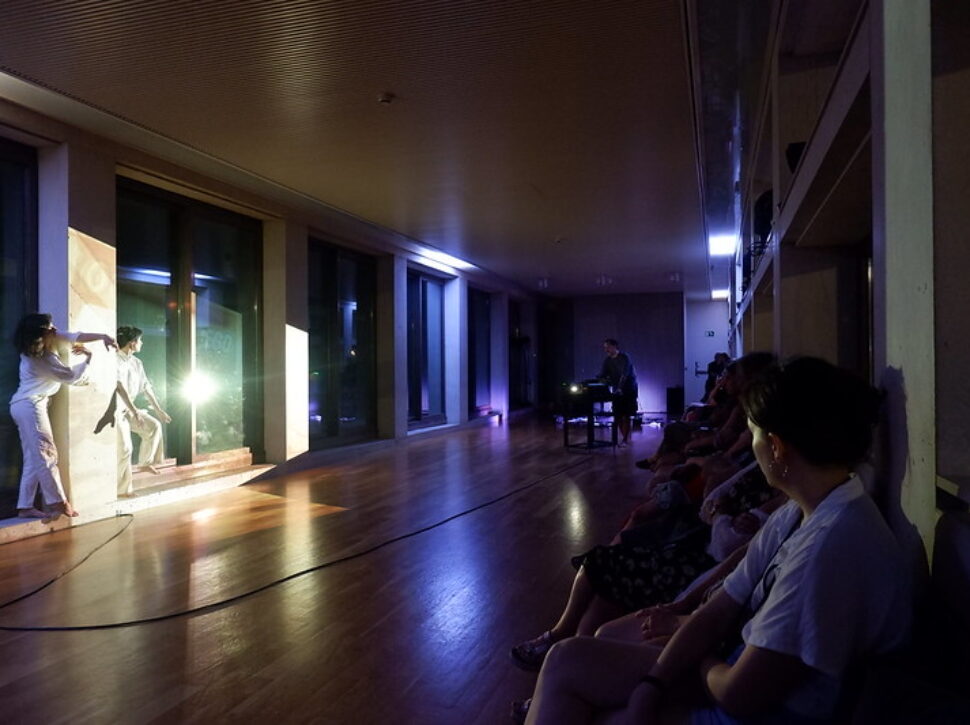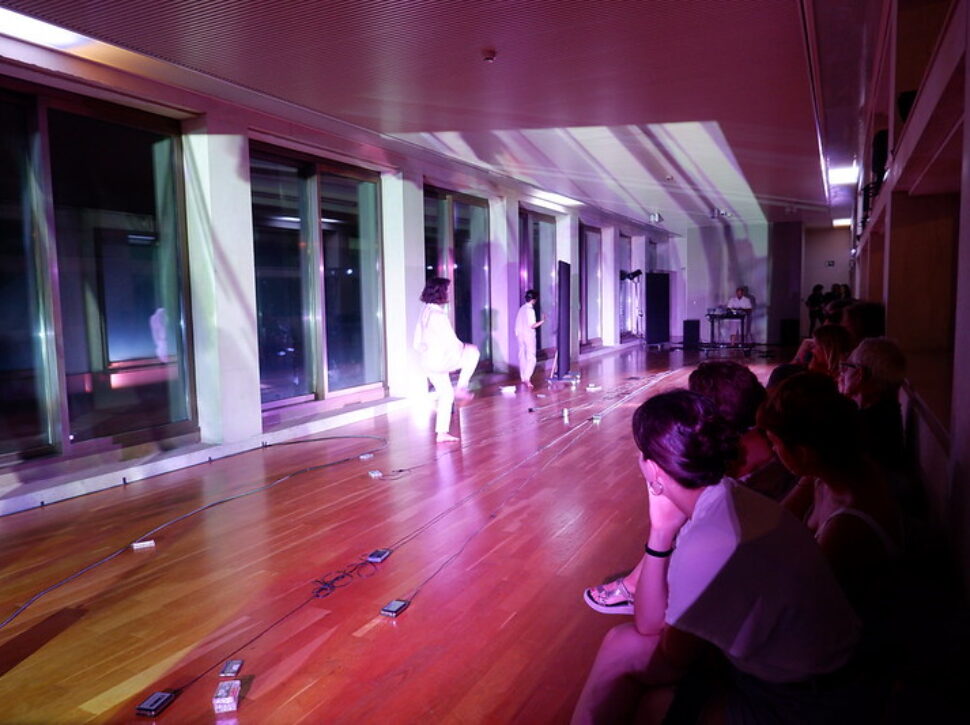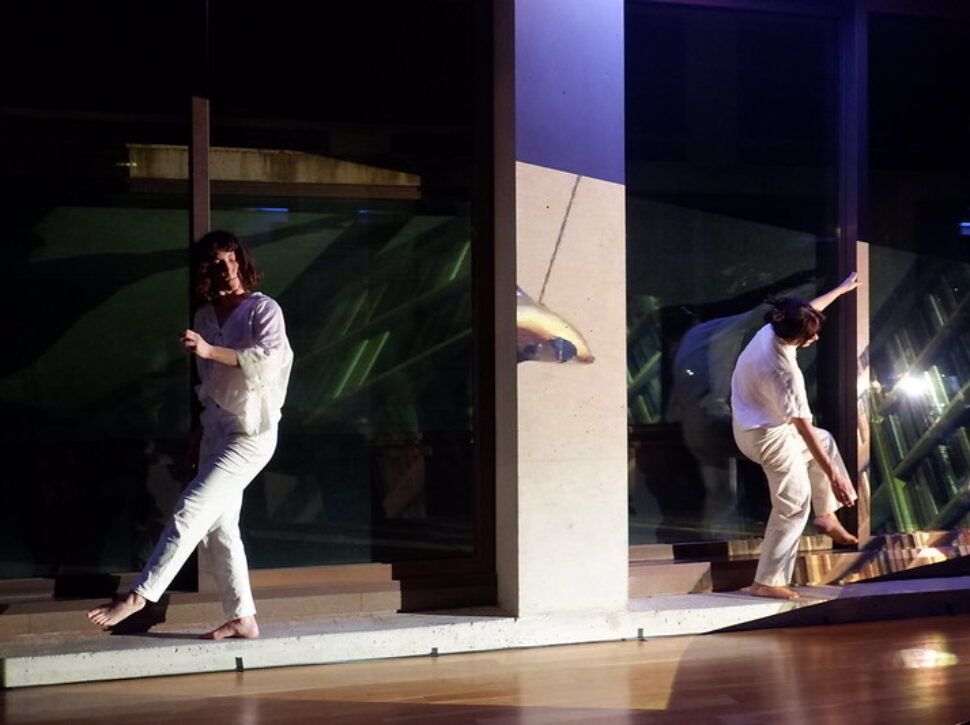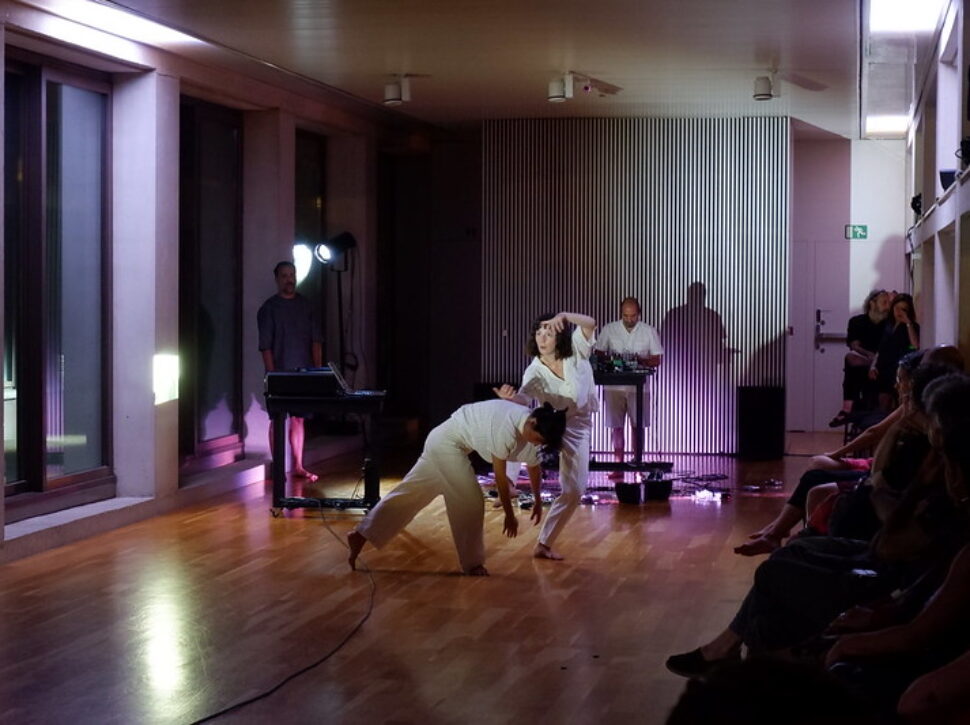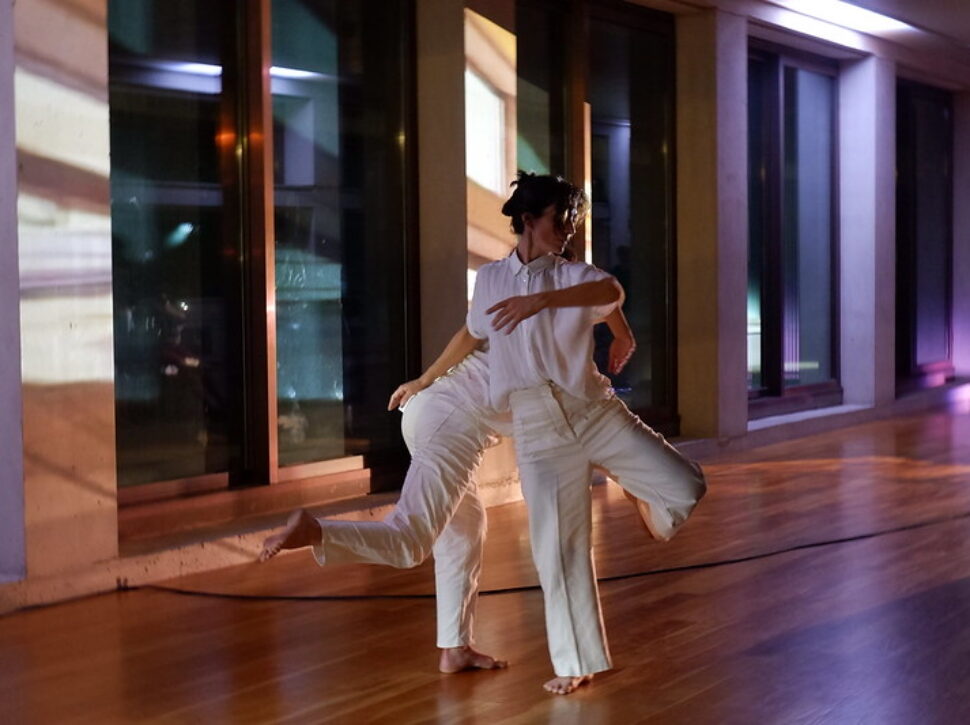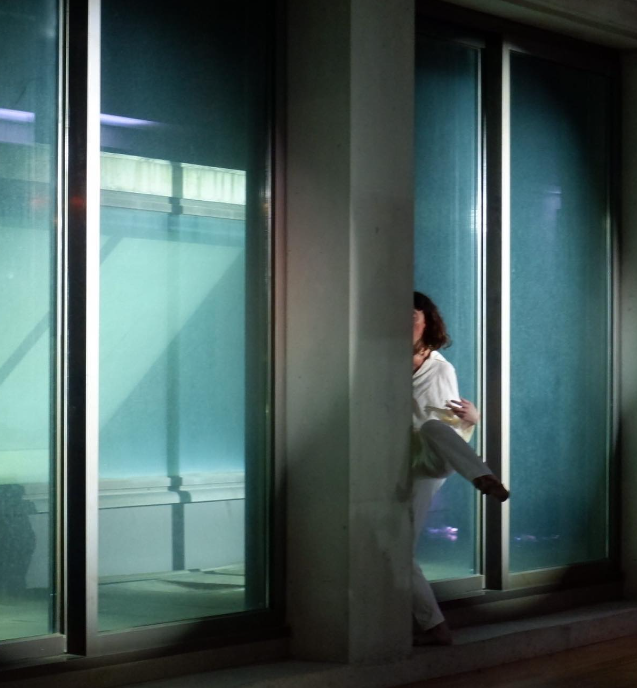The Museum of Music and Graner initiated a collaboration within the ICUB’s Creation and Museums program, focusing on the archive of cultural agitator, musician, writer, and thinker Víctor Nubla (1956-2020), through the perspective of choreographer Constanza Brnčić.
The museum aimed to highlight cassette culture, or underground cassette culture, in Barcelona from the late 1970s to the early 1990s, offering a unique overview of the city’s alternative experimental scene at that time. The composition-research-creation methods of Nubla himself, as well as those of the musicians around him, resulted from the change brought about by the existence of recording and playback technologies in ways they had never been before (with DIY, photocopied graphic designs…).
EVANESCENT RECORDS
In Raymond Roussel’s novel Locus Solus, a group of curious people explores the palace and gardens of the inventor and eccentric collector Canterel. During this visit, they encounter unusual stories, incredible inventions that multiply and reveal an infinite and complex universe of overlaps and relationships. Two of Canterel’s inventions catch our attention: the aqua-micans, a liquid under which one can breathe, and which also conducts electricity more powerfully than water, and the invention of resurrectina and vitalio, both substances that, along with the electric power of the aqua-micans, resurrect the deceased, forever reliving a particularly memorable moment before their death.
Entering an unknown place, chaotic, filled with objects of all kinds, books, instruments, sound equipment from various generations, cassettes, records, vinyl, ultimately, filled with a life, is what this group of curious individuals has done during this process. In the small Gràcia apartment of the late musician and cultural agitator Víctor Nubla, we have been listening to music, watching videos and objects, drinking beer, talking, seeking how to approach the personal archive reflecting his life. Chance and aesthetic affinities have been two of the methodologies we have employed to extract materials from the collection. Also, interest in obsolete recording formats, both visual and auditory, particularly cassettes and VHS tapes. From these visits, visual, auditory, and corporeal dimensions have emerged that reflect the evanescence of every recording surface and raise questions about memory, archives, order and chaos, the fragility of life, and the finality of death.
This distillate, a liquid that takes on various forms each time it is poured, is what we want to share, also opening the gears of our choices, readings, and approaches to the archive.
- Direction: Constanza Brnčić
- Artistic Collaborations:
- Blanca Tolsà (dancer and choreographer), Alfredo Costa-Monteiro (musician and poet), Tristán Pérez-Martín (video maker and photographer), and Beatriz González Magadán (external eye and assistant director).
- A co-production of the Museum of Music of Barcelona – Robert Gerhard Center and Graner, within the framework of the Creation and Museums Program of the Barcelona Institute of Culture. With the collaboration of Gràcia Territori Sonor
The Creation and Museums Program connects Barcelona’s Creation Factories with different museums in the city to work together on a proposal presented within the programming of the Grec Festival.
Photographs by Tristán Pérez-Martín and Graner
Additionally, it’s worth mentioning that Constanza Brncic participated in ISEA 2022, at the 2nd Summit on New Media Art Archiving, presenting Evanescent Records, a reflection on artistic research methodologies and the bodily approach to the idea of the archive, based on the homonymous proposal stemming from the personal collection of the late musician and cultural agitator Víctor Nubla.





